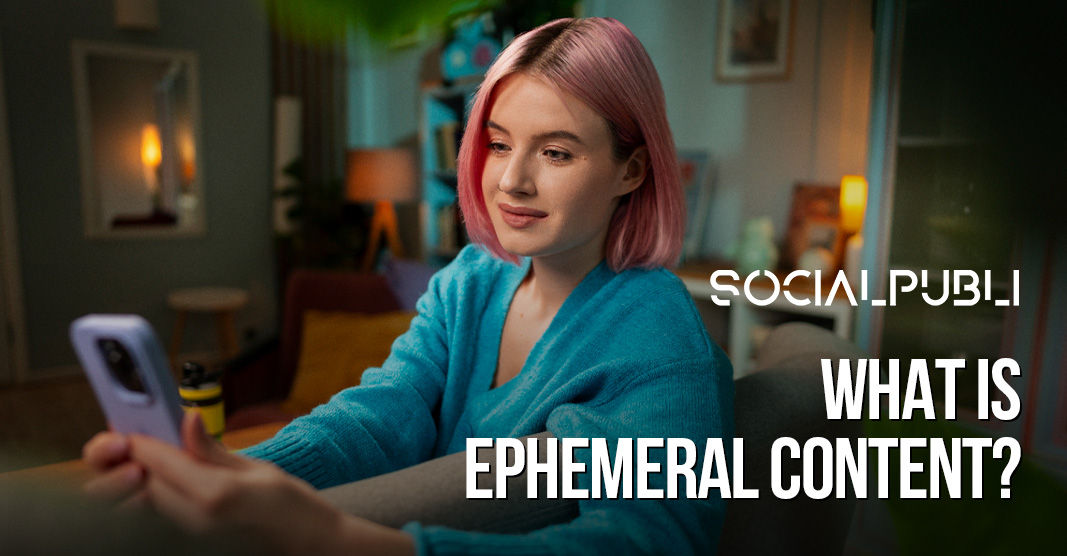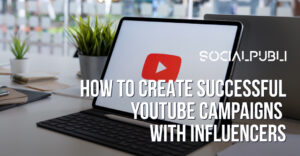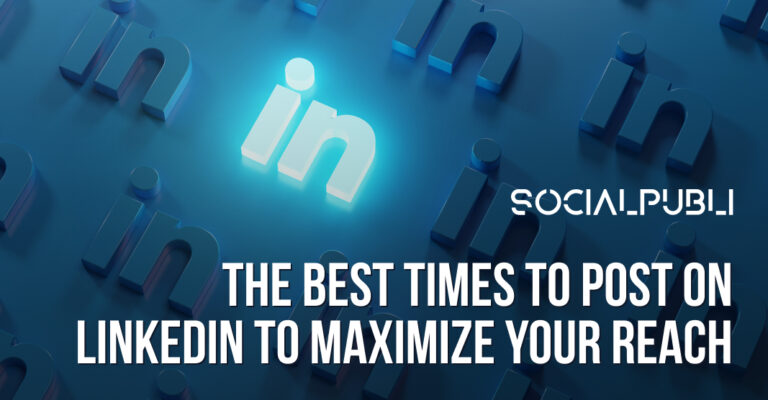In recent years, ephemeral content has drastically reshaped the landscape of digital marketing and social media engagement. But what exactly is ephemeral content, and why is it becoming indispensable for brands looking to capture and maintain audience attention?
Definition of Ephemeral Content
Ephemeral content refers to digital posts that are short-lived and disappear after a certain period, typically within 24 hours. This fleeting nature is intentionally designed to entice quick consumption and create an urgent, exclusive experience for users. Originally coined by Snapchat in 2013, this format has now been adopted by major platforms like Instagram, Facebook, and WhatsApp, which have all rolled out ephemeral features like stories and disappearing messages to great success.
Origins and Popularization
The concept of ephemeral content was pioneered by Snapchat, transforming how users interact with and perceive digital content. Snapchat’s introduction of disappearing snaps and messages capitalized on the innate human desire for privacy and immediacy. Recognizing its potential, other platforms quickly followed suit, with Instagram launching Instagram Stories, Facebook introducing Facebook Stories, and WhatsApp incorporating disappearing messaging features. These innovations highlight the growing appetite for short-lived content that demands immediate attention but also offers a unique way to engage with content.
Characteristics of Ephemeral Content
Ephemeral content is characterized primarily by its temporary nature, typically available for only 24 hours. This short-lived presence encourages users to engage more spontaneously, fostering a fear of missing out (FOMO) that pushes them to stay connected. Besides temporality, these posts are often highly interactive, featuring elements like polls, GIFs, Q&A sessions, and quizzes, all designed to deepen engagement. Such interactive capabilities not only enrich the viewer’s experience but also provide brands with valuable feedback and insights into consumer preferences.
Platforms for Ephemeral Content
Snapchat remains synonymous with this content format, but Instagram Stories and Facebook Stories extend its reach. Instagram Stories particularly has enhanced user interaction through highlights, allowing users to save ephemeral posts for more extended viewing. Although TikTok focuses on short, consumable video content, its platform ethos aligns well with ephemeral principles, encouraging frequent engagement through dynamic, engaging content.
Importance and Benefits
The urgency innate to ephemeral content heightens user engagement, with viewers more likely to interact promptly. This sense of urgency taps into user psychology, leveraging FOMO to maintain high engagement levels. Furthermore, the raw and often less polished presentation of ephemeral content allows brands to showcase a more authentic side, facilitating deeper connections with audiences—it’s a genuinely potent tool for fostering loyalty and humanizing brand experience. Additionally, the temporary nature suits marketing strategies centered around exclusivity, such as limited-time offers, new product launches, and event teasers.
Disadvantages
Despite its benefits, ephemeral content poses challenges, particularly its short-lived nature, which can mean missing out on audiences who are not constantly online. Its ephemeral quality might also render it less memorable for some, hindering long-term brand recall. Furthermore, maintaining a steady stream of fresh, engaging content can be resource-intensive, particularly for small businesses. Lastly, its restriction to social media platforms might limit brand reach outside these channels.
The ephemeral content trend shows no sign of waning, urging brands to genuinely understand and harness its unique appeal. Embracing this content strategy through careful planning and creative execution can build intensified engagement and reinforce brand authenticity in a crowded digital space. For more insights into harnessing the power of ephemeral content, explore related blog entries.












